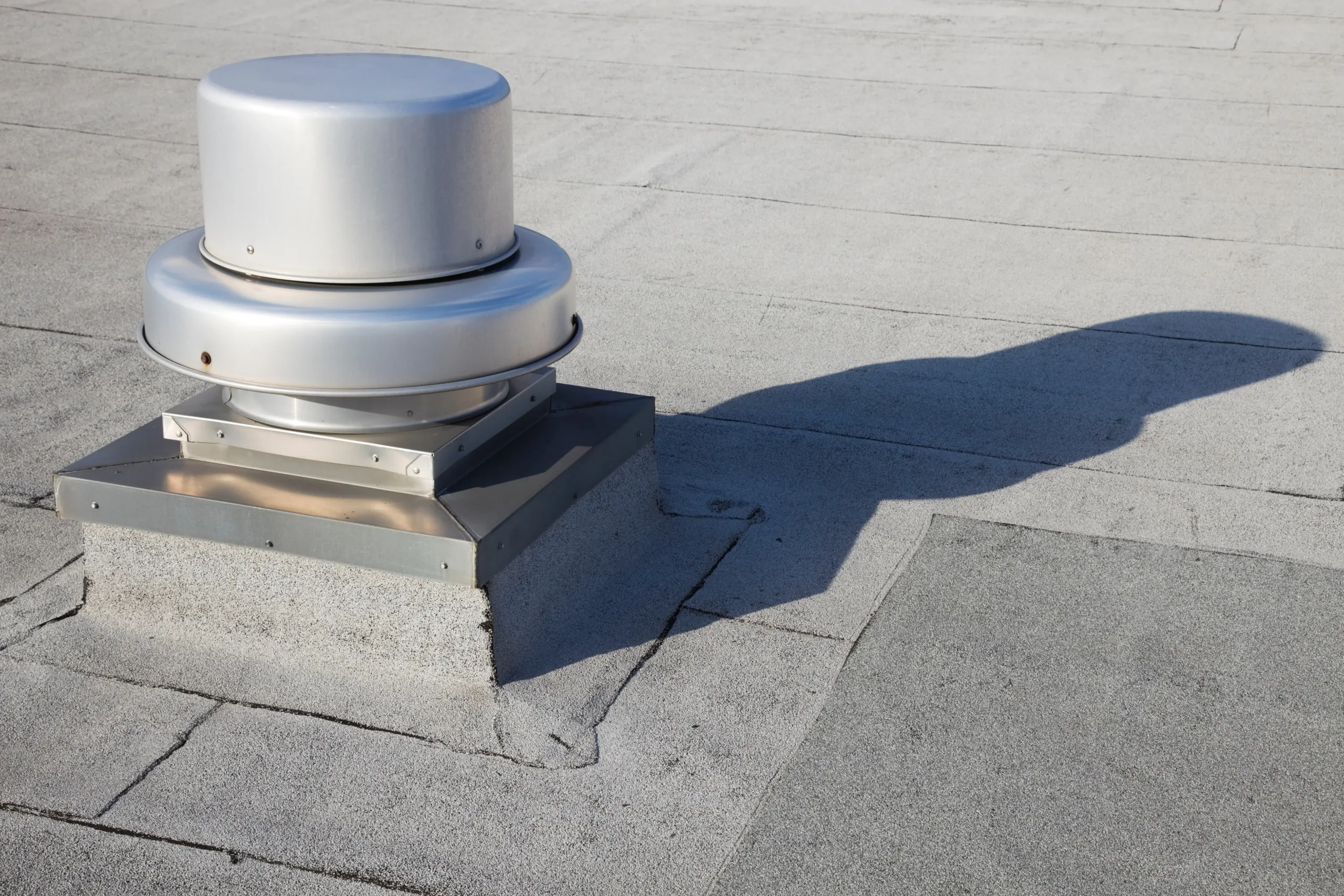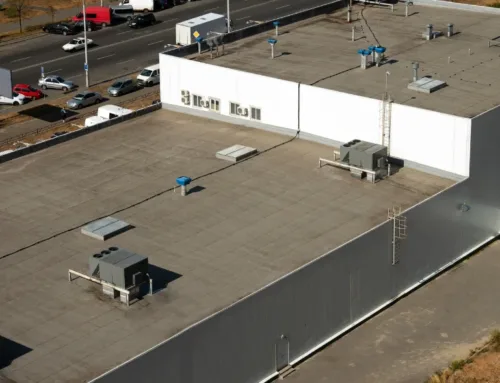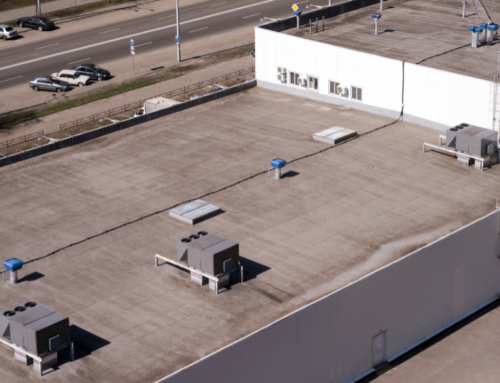
Which Type of Roof Vent is Best for Your Commercial Building?
Choosing the best roof vent for your commercial building is essential for maintaining a healthy and efficient environment. The right roof vent can help regulate temperature, reduce moisture buildup, and improve overall air quality. With various options available, it’s important to understand the benefits and drawbacks of each type in order to make an informed decision. Here are some of the most common roof vents and their suitability for commercial buildings.
Ridge Vents
Ridge vents run along the peak of the roof, providing consistent ventilation across the entire attic space. They blend seamlessly with the roofline, which aids in maintaining the building’s appearance. And, by allowing the hot air to escape, ridge vents can help reduce cooling costs in the summer months. The initial cost of installing ridge vents can be more expensive than other vent types. Ridge vents may also be less effective in areas with low wind conditions.
Best for: Buildings with large, peaked roofs and adequate insulation.
Box Vents
Box vents are easy to install and can be placed strategically across the roof. They are cost-effective, and generally less expensive than ridge vents. They also don’t require much upkeep once they’ve been installed. This type of roof vent provides ventilation to specific areas, rather than the entire roof. And poor installation can lead to water infiltration.
Best for: Smaller commercial buildings, or those with simpler roof designs.
Power Attic Vents
These electric or solar-powered vents can move large volumes of air, ensuring optimal ventilation. They can be set to operate based on temperature, or humidity levels depending on your needs. Power attic vents can increase energy costs if they are electric, but solar vents can mitigate this concern. Their more complex design makes routine maintenance and repairs more common than other types of venting.
Best for: Large commercial buildings in hot climates, or those with significant ventilation needs.
Wind Turbines
Always ask about the materials that a contractor uses. High-quality materials are essential for a durable and long-lasting roof. Contractors should be transparent about the materials they use in their projects, and be willing to provide information about the durability and performance of each type.
Best for: Buildings in windy areas with consistent air movement.
Cupola Vents
Cupola vents add a distinctive architectural element to the building. They rely on the principle of hot air rising to ventilate the space. These vents are best suited for smaller spaces or as a supplementary ventilation method. And, due to their design, these custom features can be pricey.
Best for: Historic or architecturally unique buildings where aesthetics are a priority.
Soffit Vents
These vents work in conjunction with other types of ventilation methods to create an effective air exchange system. They improve overall system efficiency by allowing cool air to enter from below. However, they require precise placement and often retrofitting in existing buildings, and need regular cleaning to prevent blockage from debris.
Best for: Buildings with attic or ridge ventilation systems.
Making your selection
Selecting the best roof vent for your commercial building depends on several factors, including the building’s size, design, climate, and specific ventilation needs. Ridge vents and powered attic vents are excellent for large buildings that require extensive ventilation, while box vents and wind turbines can be suitable for smaller or simpler structures. Cupola and soffit vents add both functional and aesthetic value, particularly in unique architectural designs.
Consulting with a professional commercial roofer can provide valuable insights and help you determine which type of ventilation method or methods will be the best solution for your building. Proper ventilation not only extends the life of your roof, but also enhances the overall comfort and energy efficiency of your space.
Commercial Roof Vents with Alliance Roofing
Alliance Roofing can help you determine which type of roof vent is best for your commercial building. Our locally owned and operated business is family-owned, with over 20 years of experience. Contact us today to find the solution for your commercial ventilation needs.









